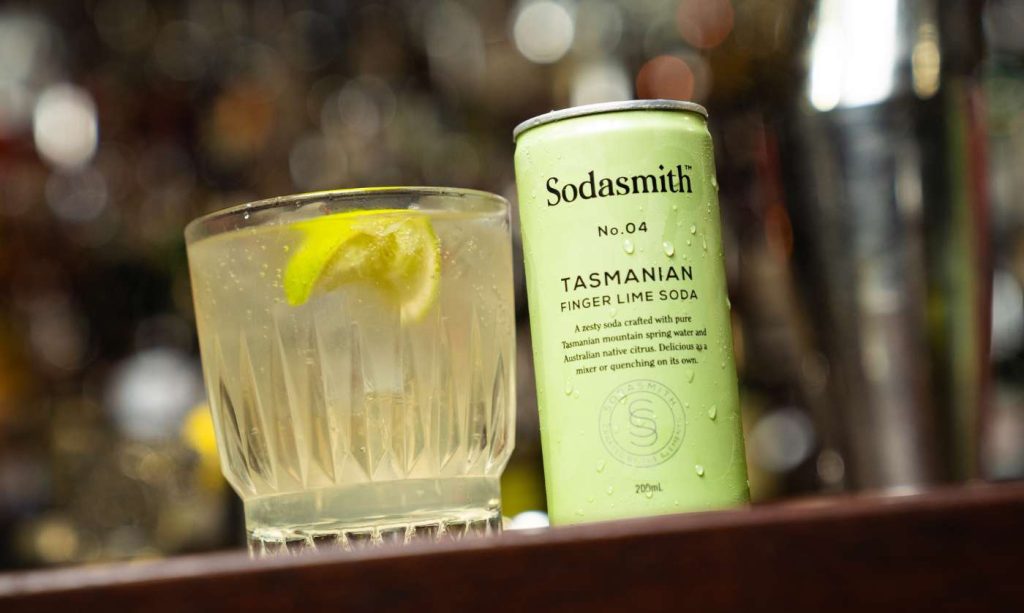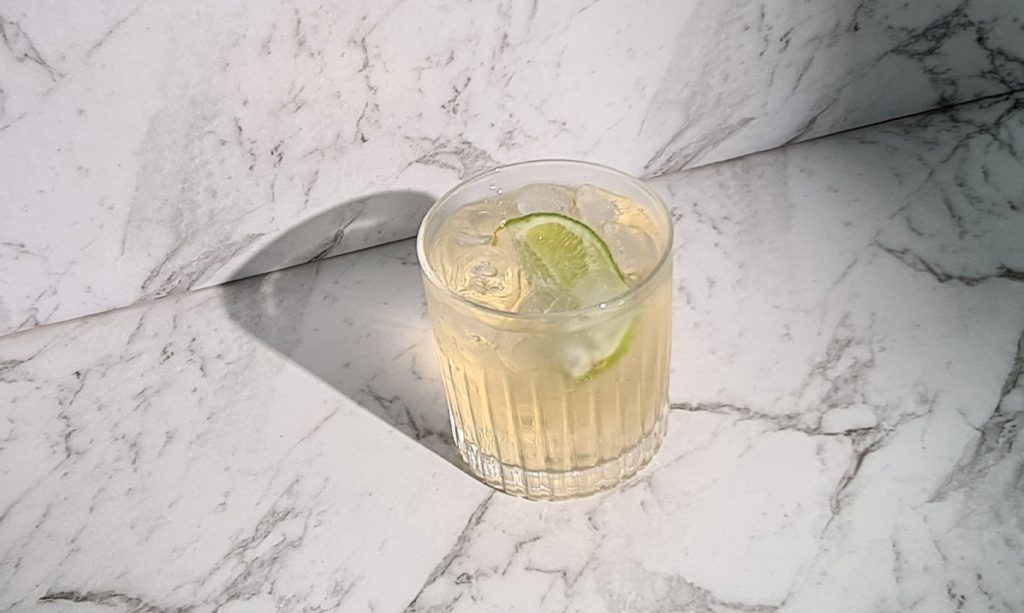Very Vermouth
Published 23 Feb, 2015Martini, Manhattan, Negroni. What do these classic cocktails have in common? One essential ingredient: Vermouth.
Vermouth, often overlooked, is currently making a comeback in the bar scene and with those at home experimenting with cocktails.
Vermouth, a light and fragrant beverage, is easy to mistake as a spirit. It’s actually an aromatised wine, which is a type of wine that has been flavoured with various botanicals. In the case of vermouth, common ingredients include cinnamon, quinine, citrus peel, cardamom, marjoram, chamomile, coriander, juniper, hyssop and ginger.
The word ‘vermouth’ is the French pronunciation of the German word ‘Wermut’ for wormwood, which was originally used as an ingredient before it was found to be toxic. Its use is now restricted, probably a good move.
Originally, vermouth was used as a medicinal liquor and later became popular in Italy and France as an aperitif, enjoyed before meals to increase the appetite. It wasn’t until the late 19th century that it became a staple mixer for many cocktails, including the infamous ‘shaken not stirred’ Martini.
Modern demand has resulted in many different varieties, but traditionally there are two types of vermouth.
Sweet or ‘Italian’ vermouth is typically red in colour and has a slightly sweet taste thanks to the addition of caramelised sugar. The modern version of this variety was first introduced in Turin, Italy, which continues to be the major region for production.
Dry or ‘French’ vermouth is probably what comes to mind when you think of vermouth. This variety originated from the Chambéry region of France and is generally pale in colour, has a more bitter taste, and a lighter body. Dry vermouth is a popular mixer in cocktails, including the Martini, but it is also an excellent substitute for white wine in cooking. Its sweet herby flavour makes it perfect for making sauces for fish, or as a marinade.
Once opened, vermouth may take on different flavour characteristics, but it does generally last longer than a regular white wine. If capped tightly and kept in the fridge, it can last up to about a month, so there is plenty of time to enjoy every last drop!
Today, Vermouth is enjoyed as an aperitif neat, chilled or over ice, or mixed into cocktails. Recently the cold-pressed juice craze has overflowed into the bar scene and we have seen a new trend in vegie juice and vermouth cocktails. We suggest sampling in all its forms.
Manhattan
Mix:
- 30ml sweet vermouth
- 60ml bourbon
- 2 dashes of bitters
Negroni
Mix:
- 1 part gin
- 1 part vermouth
- 1 part Campari
Australian Vermouth
An increasing number of Australian vermouths are becoming available – ask for them at your local liquor store or favourite bar.
Image from thekitchn.com











